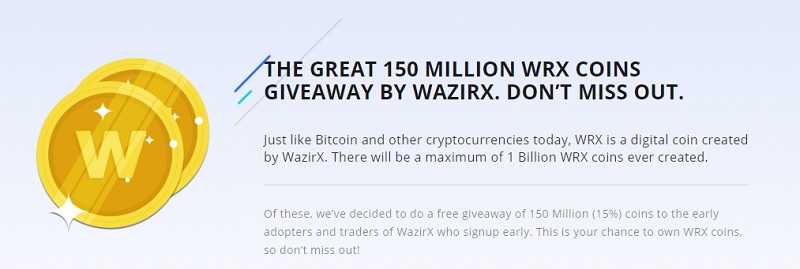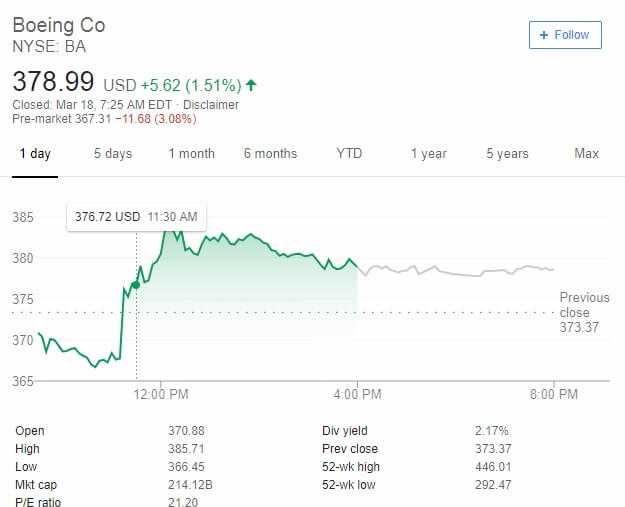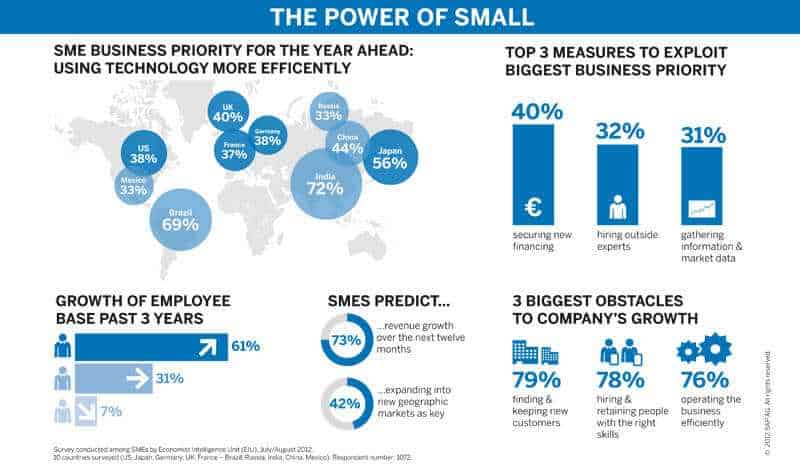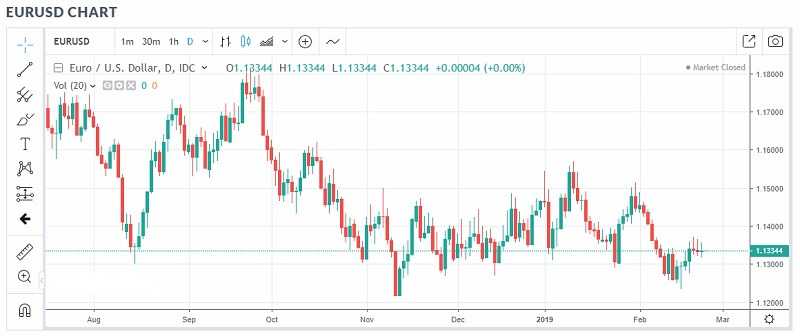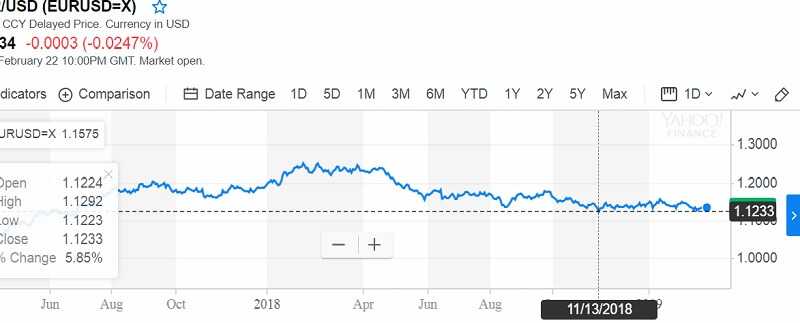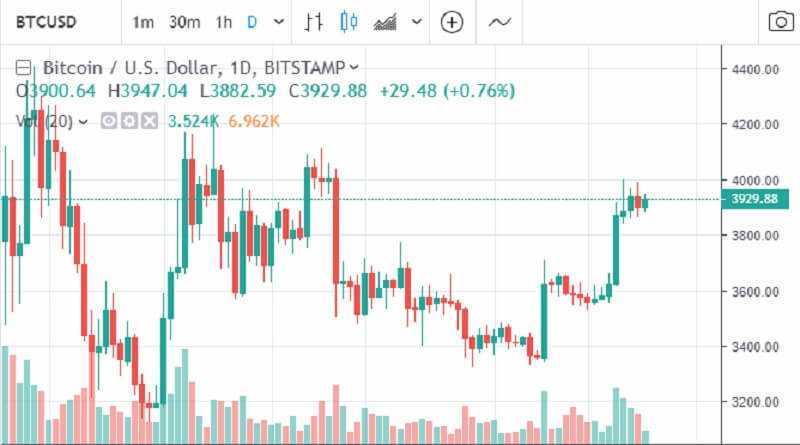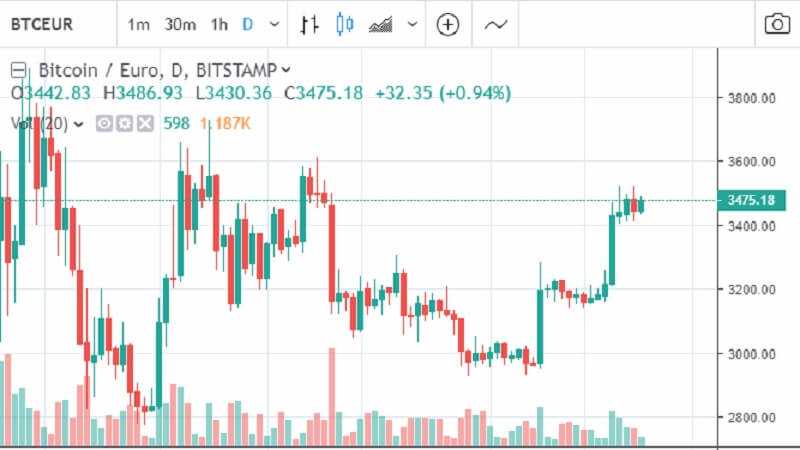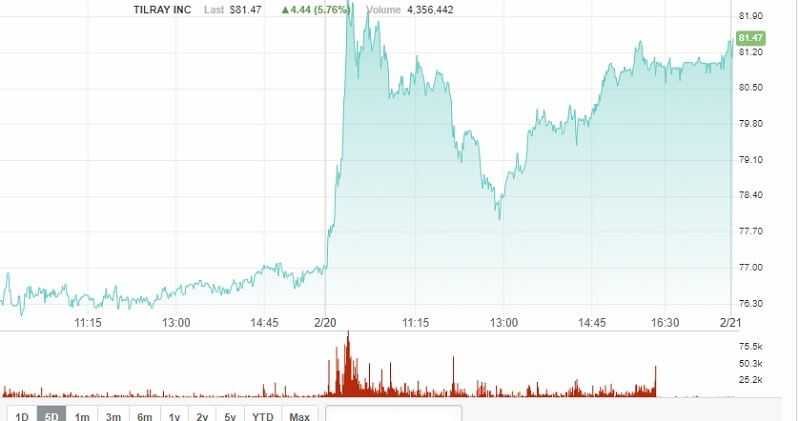2 min read

Telegram decides to add the option of killing chat history not only yours but also the other participants in the conversation.
WOW!
The Telegram has added a possibility for users to delete messages in one-to-one private chats. And not only from their individual inbox.
In just a few steps, you can delete every trace of communication, both for yourself but sent by the other person in the conversation.
Of course, it is possible only if you all have the latest version of Telegram. This innovation is revolutionary because you do not delete messages for yourself (if they are written by other ppl). The plot behind is that you may really delete them so no one can see them anymore. Not only the one who sent them to you.
One of the most famous applications for encrypted communications, Telegram, March 24, introduced the option of deleting all messages.
How to do that?
The procedure is simple: keep your finger on the message and wait for the option to be deleted. When you select it, a pop-up window appears asking if you want to delete the message for the other participant.
Quite simple.
Feature “delete any message in both ends in any private chat, anytime” is added to the updated version of Telegram 5.5 with the explanation that it offers more privacy and more control.
The founder of Telegram, Pavel Durov explained on the day of launching this option that it is required because of the risk of taking someone’s old messages out of the context.
“Over the last 10-20 years, each of us exchanged millions of messages with thousands of people. Most of those communication logs are stored somewhere in other people’s inboxes, outside of our reach. Relationships start and end, but messaging histories with ex-friends and ex-colleagues remain available forever,” he states.
“An old message you already forgot about can be taken out of context and used against you decades later. A hasty text you sent to a girlfriend in school can come to haunt you in 2030 when you decide to run for mayor,” he added.
However, not everyone agrees with this interpretation of the “Delete for Everyone” option.
The US TechCrunch Tech portal, specializing in startups and new technologies, is against to what Durov says.
”More accurately it removes control from everyone in any private chat, and opens the door to the most paranoid; lowest common denominator; and/or a sort of general entropy/anarchy — allowing anyone in a private thread to choose to edit or even completely nuke the chat history if they so wish at any moment in time.” wrote this portal.
In addition, says TechCrunch, the new option allows Telegram users to manipulate edits.
”The feature could allow for self-serving and selectively silent and/or malicious edits that are intended to gaslight/screw with others, such as by making them look mad or bad.”
The competition, messaging app WhatsApp, also allows users to delete a message for everyone in a chat. But the WhatsApp’s delete features is restricted to messages you sent. there is no notification automatically baked into the chat history to record that a message was deleted.
In Telegrams new feature there’s no record.
The ‘record’ is killed.
There’s no indication there was ever a message.
The Telegram in its blog from March,24 named ”Taking Back Our Right to Privacy” wrote:”Today, we are giving hundreds of millions of users complete control of any private conversation they have ever had. You can now choose to delete any message you have sent or received from both sides in any private chat. The messages will disappear for both you and the other person – without leaving a trace.”
The Telegram in its blog from March,24 named ”Taking Back Our Right to Privacy” wrote:
”Today, we are giving hundreds of millions of users complete control of any private conversation they have ever had. You can now choose to delete any message you have sent or received from both sides in any private chat. The messages will disappear for both you and the other person – without leaving a trace.”
Also, there is no possibility to reassemble deleted communication.
Honestly, we are not certain, nor Telegram provides that information, does a copy stays anywhere on their servers.
Telegram claims “leave no trace on our servers”.
The absence of such information will easily open Telegram to finger-pointing it’s acting negligently. The offering such delete option with zero protection sounds pretty immoral and irresponsible.
A year ago Facebook was criticized for testing an alike feature. The incident was called as another Facebook breach of user trust.
Later, Facebook developed a weakened Unsend feature. That feature gives users the possibility to dismiss a message they’d sent. But it is possible only in the frame of 10 minutes after publishing the message.
Back to Telegrams new app.
Only Durov could prove that the messages are deleted from its end too.
Honestly, it requires unimaginable established server’s memory even for a tiny item.
If everything as like as Durov said, we could go to his inbox and delete whatever we want.
Don’t you think so?
Maybe the new Telegram app is not so bad after all.
Don’t waste your money!





